Is there Tango between Hands and Cliche?
Over the last weeks, I have played with different Ai models to generate pictures of tango dancers. Sometimes with good results, sometimes with not-so-good results. In general, there are two main areas of problems with the images:
- Cliche: the look and feel of the images is very “expected” as in mainstream media depictions of tango. The dancers have a certain look, and diversity is not found anywhere, neither in body shape, skin color, dress style, nor outside of traditional role images.
- Hands, and anatomical details of the embrace. AI has a big issue with two humans interacting so that the bodies fit together, look right, and anatomically correct. There are lots of weird hands, missing or extra fingers, arms, and legs.
Here are some examples of typical tango images, created with the free Bing image generator. The prompts that were used are in the image’s ALT text, if I still have the details.
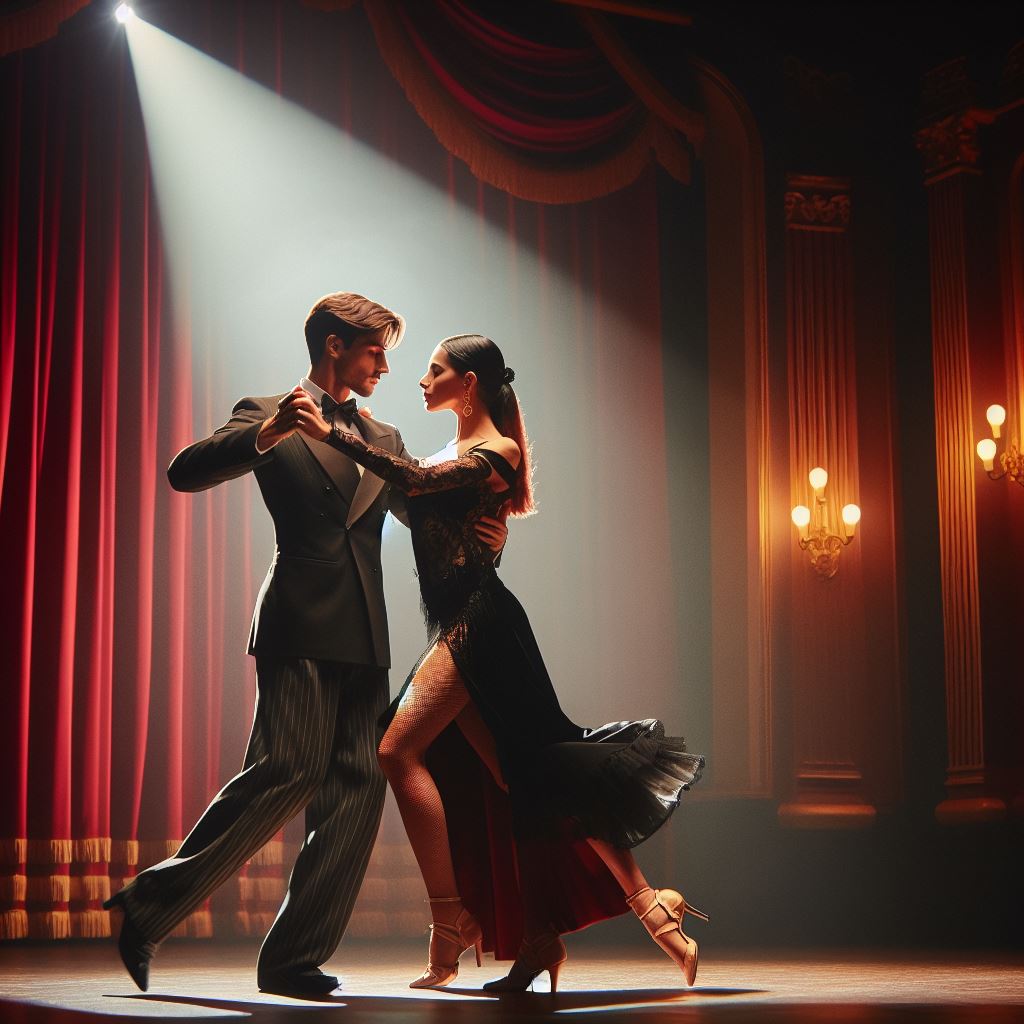

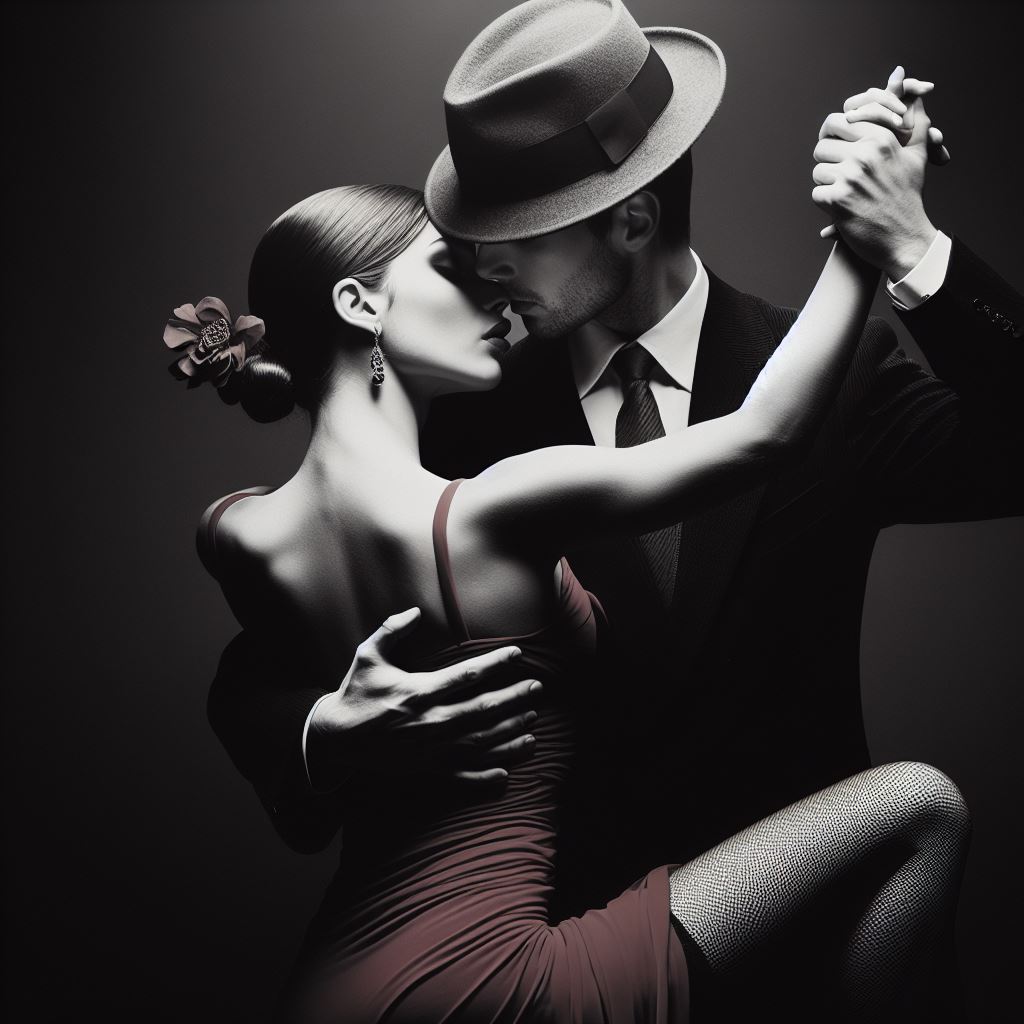
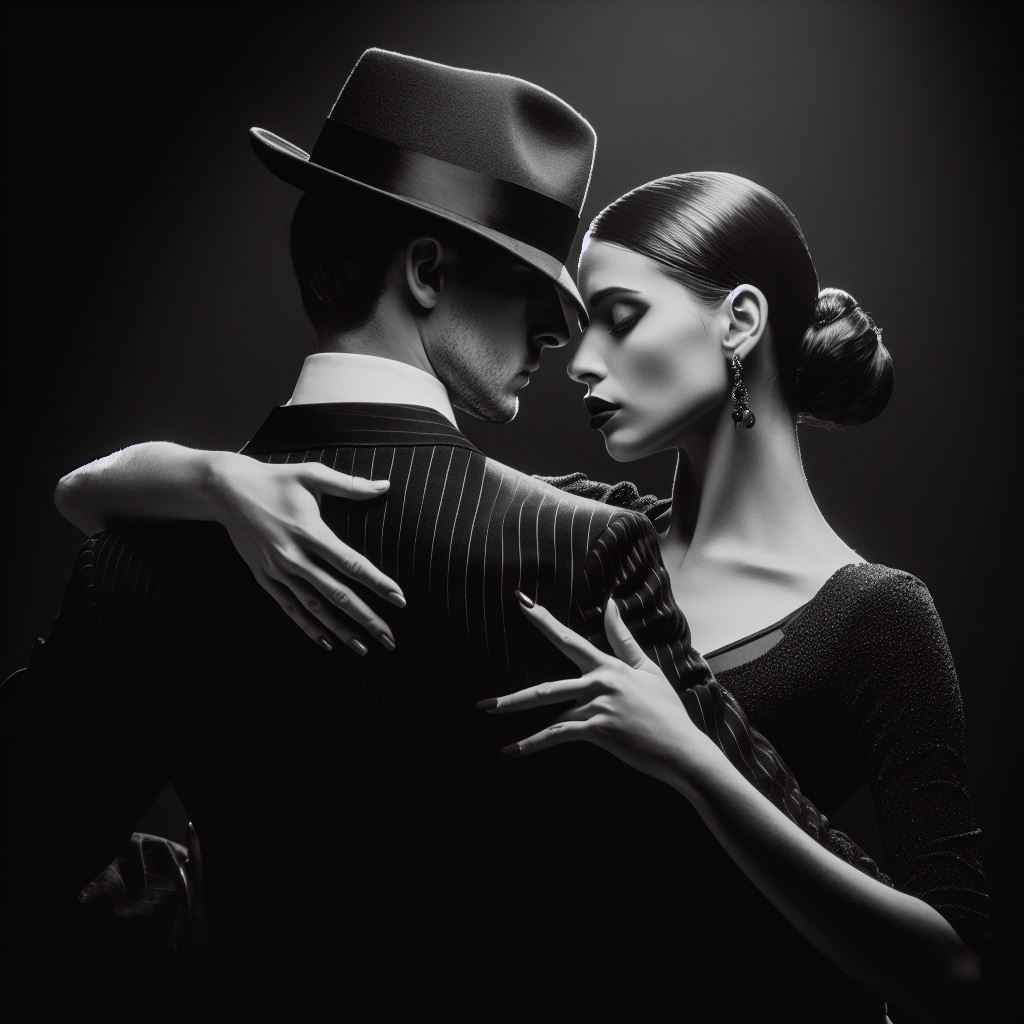
When you start optimizing your prompts, you can also get a closer embrace and less stereotype. In a later post in this series, I will share more about the prompts I used, and look at the effects.
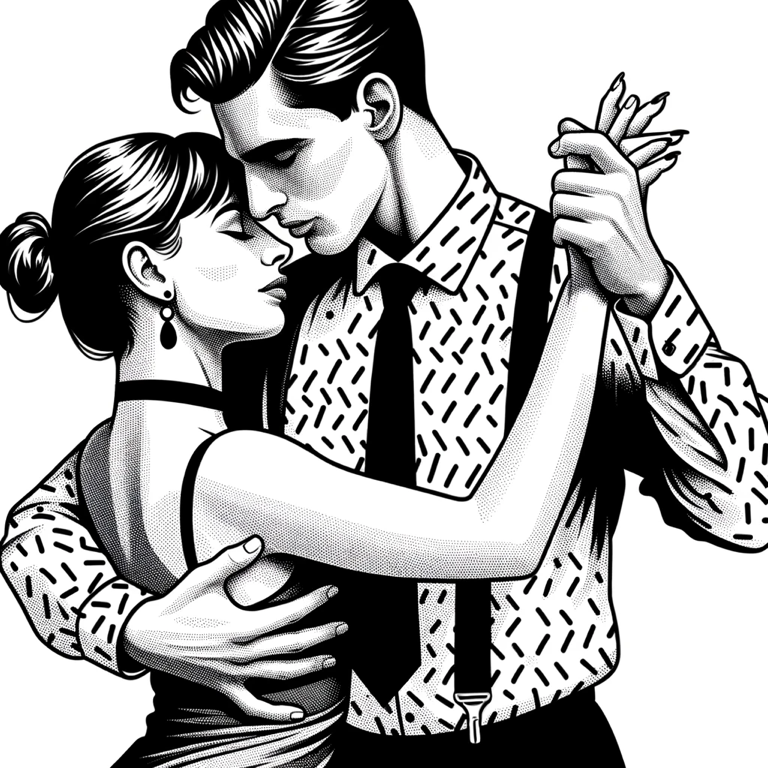
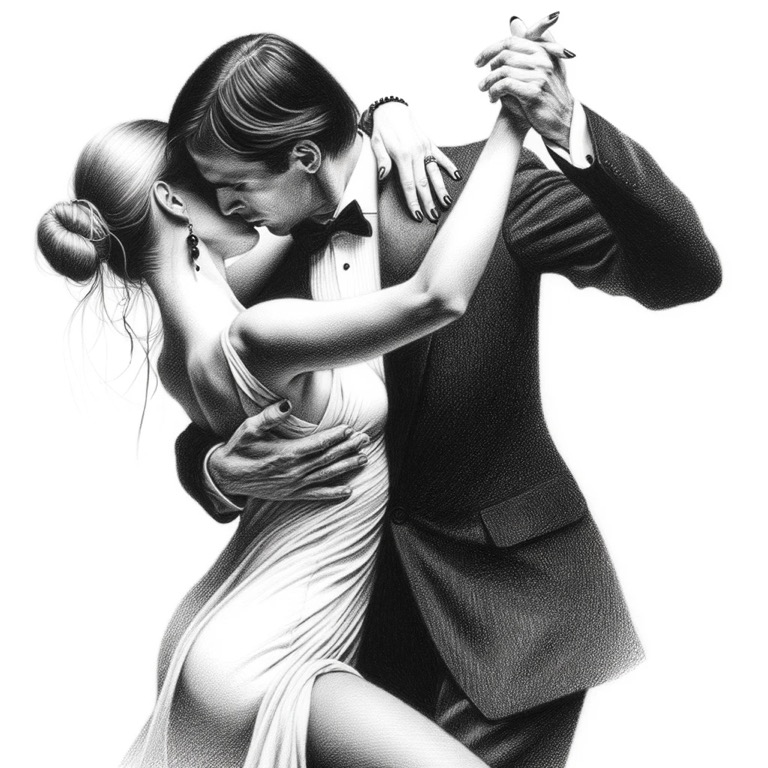

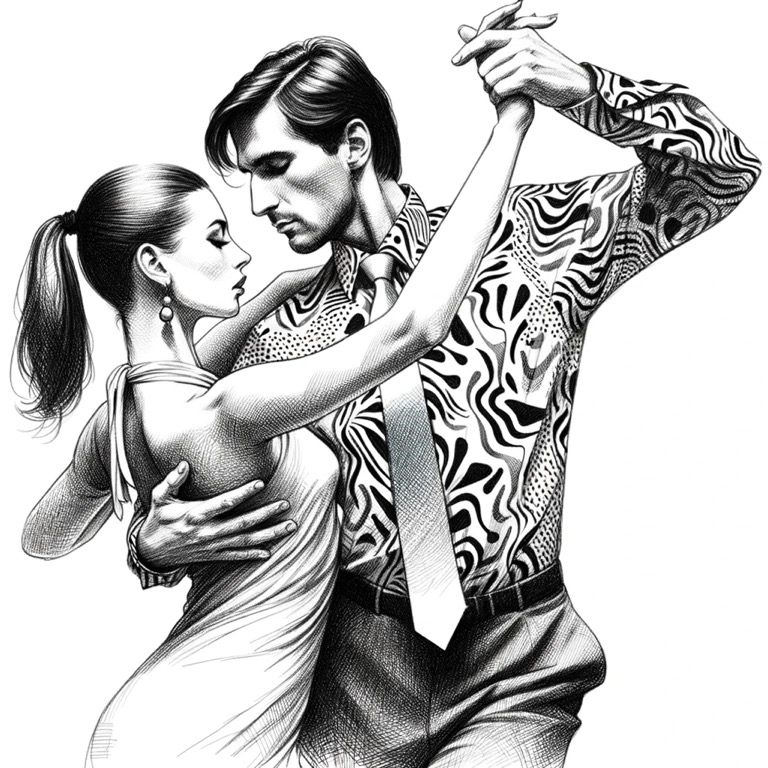
Of course, the images above are those that “look right”, and there can be quite some weird results whenever you generate images. The usual effects are: wrong number of fingers, weird angles, extra arms, or elements you would only expect in a horror movie or your last acid-tripped nightmare.
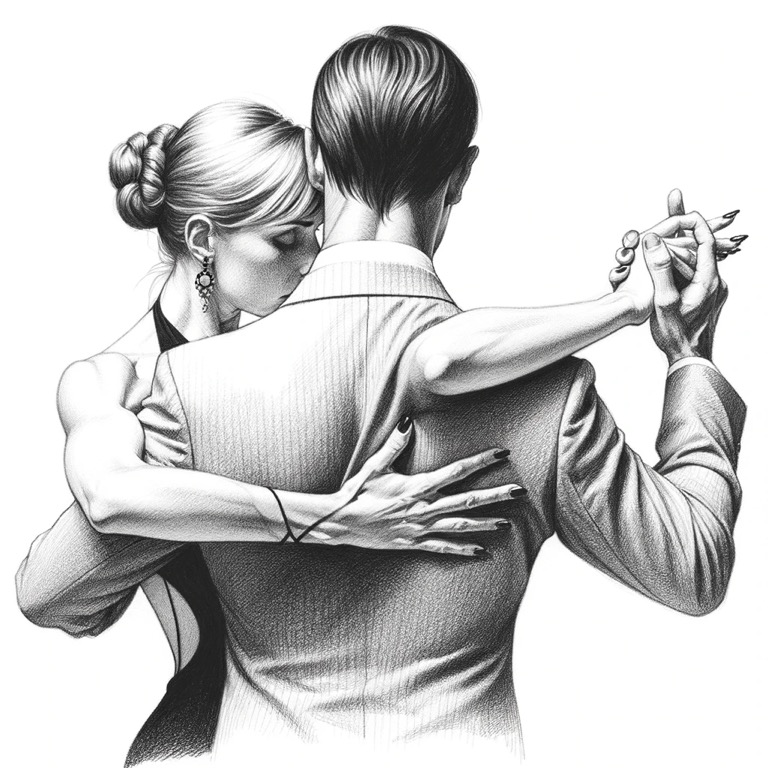
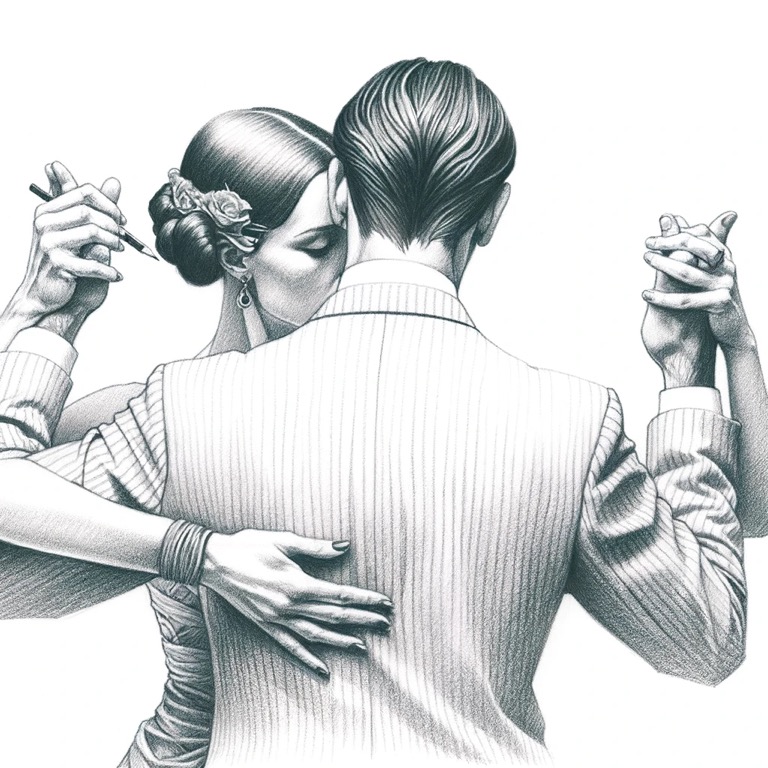

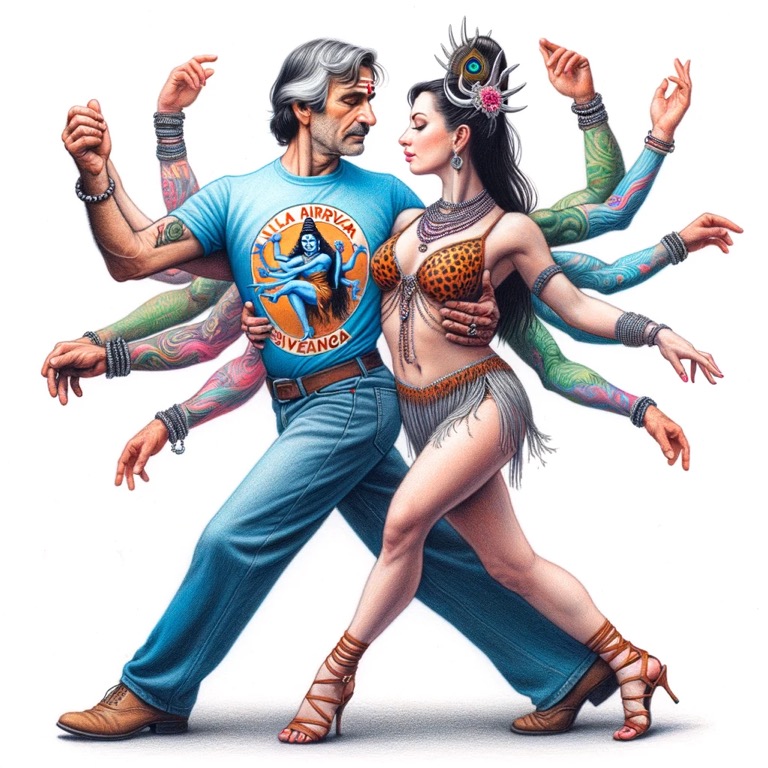
Nevertheless: an idea of tango is still there. The AI has understood so much of what tango might look like, especially show tango and cliche, that you can find and relate to it.
Of course, whatever you are looking for in your own tango experience as a dancer might be different than that. You might not find it in the pictures the AI generates. But maybe you can find it in photographs or other visual depictions of tango.
As a photographer of social tango myself, I am searching for something specific. This feeling I am also searching for within the AI’s neural nets, hoping I might be able to find it, and make it visible. I probably won’t, but the experimentation and playfulness is fun, in any case.
Leave a Reply
Only people in my network can comment.